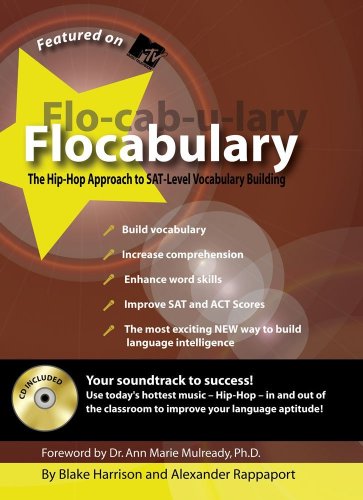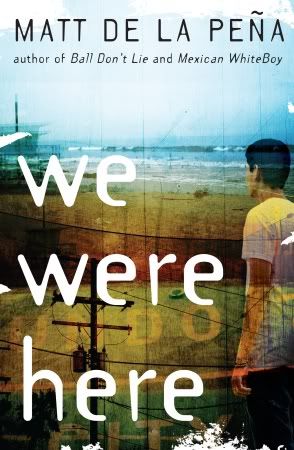
As many as one million people walk through the Anne Frank House, the museum that was once the Secret Annex that hid Anne Frank and her family, each year. In lieu of a field trip to this historic site, this book offers readers a visual visit to the museum. With an abundance of full color photographs of the famous diary as well as personal family photos of the Frank family and the Secret Annex, a summary of Anne’s diary contextualized in the contemporary political climate is punctuated by excerpts from the diary that add a personal voice to the retelling. Passages’ students have expressed a great deal of curiosity about the Holocaust, and on more than one occasion about Anne Frank specifically. Maybe it is the shockingly horrific nature of genocide, or a shared sense of persecution and imprisonment. Whatever it may be, this book has answered and raised many questions for students exploring it during their time in the library.
Metselaar, Menno and Ruud van der Rol. Anne Frank: Her Life in Words and Pictures. New York: Roaring Brook Press, 2004.









